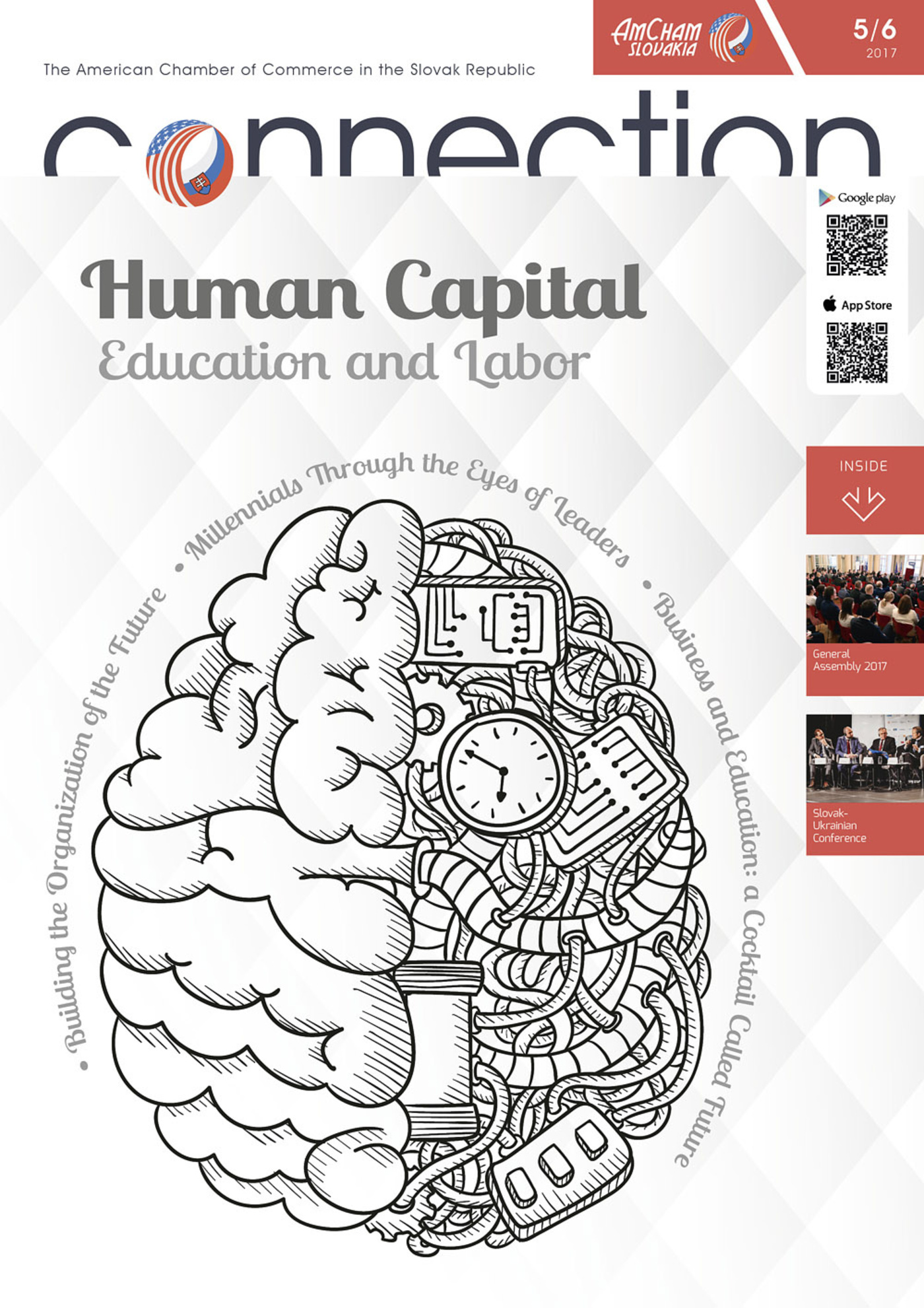Ultimately, the digital world of work has changed the rules of business. While some will dramatize the potential negative impacts of AI, cognitive computing, and robotics, these powerful tools will also help to create new jobs, boost productivity, and allow workers to focus on the human aspects of work. Organizations should shift their entire mind-set and behaviors to ensure they can lead, organize, motivate, manage and engage the 21st century workforce, or risk being left behind.
Building the organization of the future demands a team approach and talent-centric focus
As the workforce evolves, organizations are focusing on networks of teams. Recruiting and developing the right people is more consequential than ever. Survey respondents point to talent acquisition as one of the biggest issues organizations face.
As AI and other technologies take over the basic, time-consuming tasks of sourcing candidates, human jobs will shift. A recruiter in this new world can add value by building psychological and emotional connections with candidates and constantly strengthening the employment brand. However, while cognitive technologies have helped leaders bring talent acquisition into the digital world, companies are not yet “excellent” at building a differentiated employee experience once talent is acquired.
Companies need a new approach — one that builds on the foundation of culture and engagement to focus on the employee experience holistically, considering all the contributors to employee satisfaction, engagement, wellness, and alignment. A large part of the integrated approach to building the employee experience should be focusing on “career and learning,” a topic that rose to second place on HRs’ and business leaders’ priority lists.
Unlike some of this year’s trends where the organization itself can help drive what needs to be done, when it comes to learning, the organization’s role is to create the environment and systems to allow employees to constantly learn and re-learn.
The importance of leadership as a driver of the employee experience remains strong. We believe there is still a crucial need, however, for different types of leaders, particularly as today’s business world demands those who demonstrate more agile and digital capabilities.
Organizations should capitalize on digital HR for a 21st century workforce
HR and other business leaders tell us that they are being asked to create a digital workplace in order to become an ‘organization of the future’. To re-write the rules on a broad scale, HR should play a leading role in helping the company re-design the organization by bringing digital technologies to both the workforce and to the HR organization itself.
HR function is in the middle of a wide-ranging identity shift. To position itself effectively as a key business advisor to the organization, it is important for HR to focus on service delivery efficiency and excellence in talent programs, as well as the entire design of work using a digital lens.
Organizations should better understand their employees and how their jobs are being re-invented
The trends in this year’s report show signs of re-invention on all fronts, including jobs themselves. Organizations should approach external talent, robotics, cognitive tools, and AI systems as the “new, augmented workforce.” As the global executives report, the challenge is to manage a workforce with people, robots, and AI working side by side.
While many jobs are being re-invented through technology and some tasks are being automated, our research shows that the essentially human aspects of work – such as empathy, communication, and problem solving – are becoming more important than ever. This shift is not only driving an increased focus on re-skilling, but also on the importance of people analytics to help organizations gain even greater insights into the capabilities of their workforce on a global scale.
Re-writing the rules is one of the biggest opportunities for the HR organization. But to be able to do this, HR needs to prove it has the insights and capabilities to successfully play outside the lines.
Global workforces are changing. Whether it is behind the scenes or on the assembly lines, technology has become more intrinsic than ever to the entire organization. By focusing on the employee experience, business leaders can improve employee engagement, empower teams, and develop workforce solutions that will be useful and compelling for its people.
***
Facts about the 2017 Global Human Capital Trends report
With more than 10,000 HR and business leaders in 140 countries weighing in, this is Deloitte’s largest and most extensive Global Human Capital Trends survey to date. The hallmark study – in its fifth year – reveals that leaders are turning to new organization models, which highlight the networked nature of today’s world of work.
Zuzana Kostiviarová, Human Capital Advisory Services Leader, Deloitte



Follow us